
views
Preparing the Deck
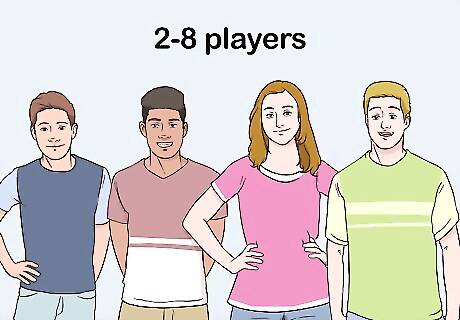
Gather two to eight players. This number of players can easily play using a single deck of cards. If you have more players, you can play with two decks. Make sure the decks are identical.
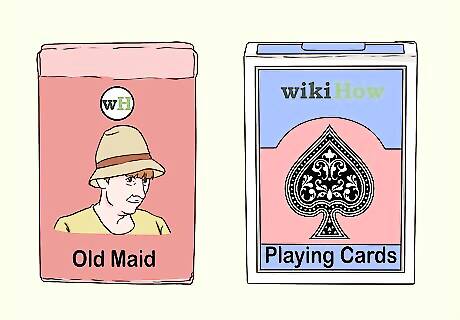
Select an Old Maid deck or a standard card deck. You can use a deck specifically designed for Old Maid, but a standard 52 card deck works well, too.

Remove three queens if you're using a standard deck. The Old Maid is the unpaired card in the deck--the odd one out, essentially. If you're using a standard card deck, you can create an unpaired card by removing three queens from the deck. The one queen left is the Old Maid! In decks specifically designed for Old Maid, you can skip this step. These decks will already have an Old Maid card. You can also add a joker from an identical deck to be the Old Maid. If you want to mix it up, you can take out three jacks to play the French version: Old Boy.
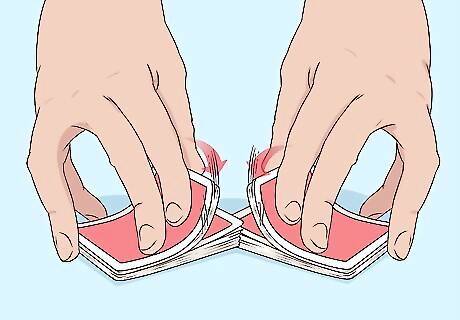
Shuffle the cards. Start by selecting a dealer, who will shuffle and deal the cards. Shuffling the cards randomizes them. To shuffle, you can use the riffle method. Divide the deck in two, and hold one half in each hand so that they face each other. Then, use your thumbs to flip the decks against one another so that the cards from each half alternate. If the riffle method seems too hard, try smooshing! This involves mixing a pile of cards around on the table with your hands for about a minute.

Deal all the cards to the players. The goal of dealing is to distribute the cards as evenly as possible among the players. Going around the circle of players, the dealer should place a card facedown in front of each player, continuing until all the cards are handed out. Some players may end up with one card more than others, which is fine.
Playing the Game
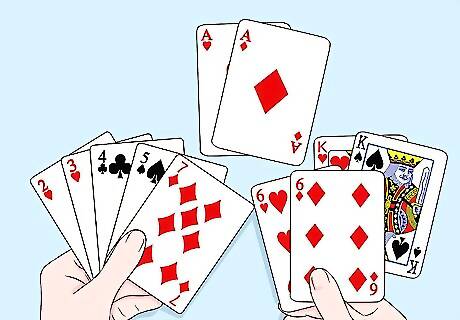
Remove the pairs in your hand. Each player should assess the cards in their hand and find the pairs. Place each pair face-up in front of you. If you have three of the same card, remove two and keep the other in your hand. If you are using a standard deck, you should match the cards by rank. This means that two sixes would make a pair, regardless of their colors.
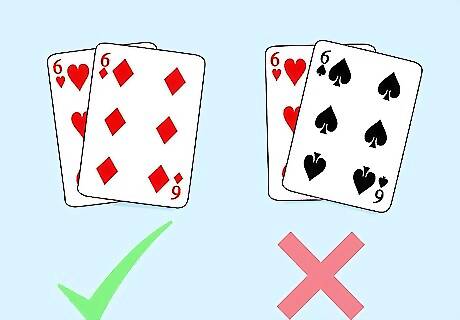
Pair cards by rank and color for a more complex game. For example, a six of hearts and a six of diamonds would make a pair, because they are both red. However, a six of hearts could not pair with a six of spades, because the six of spades is black.

Have the dealer hold out their cards face down to the player on their left. The dealer should fan out the cards so that the player can see the back of each one.
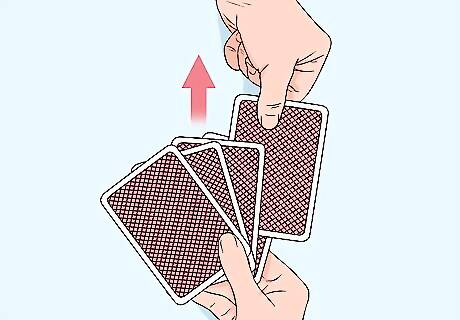
Let the player to the left pick a card. The player to the left of the dealer should pick any card they want from the dealer's hand. Then, without showing anyone the card, they should add it to their own hand. If the card makes a pair with any of their current cards, they should put the pair down in front of them, face-up.
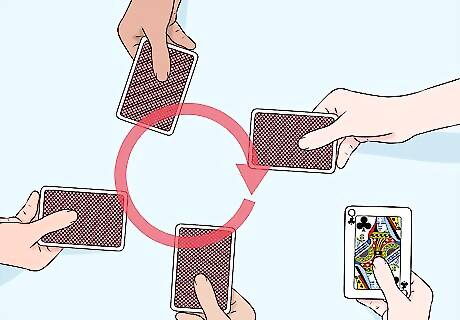
Keeping going in a clockwise direction until there is one card left. The player that just picked a card from the dealer should hold out their cards to the player on their left, and that player should select a card and check for pairs. Go around the circle until the last pair has been made. The player holding the Old Maid card, which has no pair, is the loser--everyone else wins! Remember, don't show your unpaired cards to anyone else!
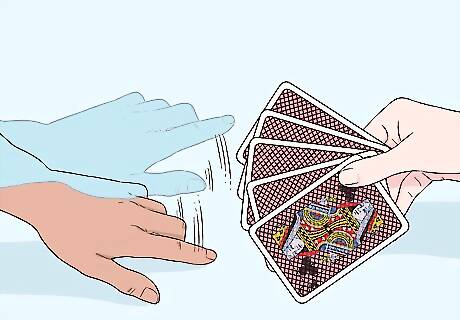
Develop a strategy. Since the person with the Old Maid loses, you'll want to develop tactics to get the person to your left to take it. You might want to hold the Old Maid card a little higher than the others. Or, you can get fancy and try out some reverse psychology techniques. Try to “hide” your Old Maid card so it seems like you don't want them to pick it. They may think it's a regular card and grab it! If the player to your left always picks a card from the same location in your hand, try putting the Old Maid there.
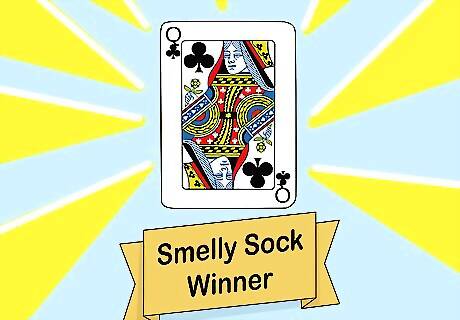
Change it up. After a couple of rounds, you might want to change the game to keep things lively. You could reverse the rules so that the person left with the Old Maid is the winner. You could also give the Old Maid a different name, like Smelly Sock. Get creative!




















Comments
0 comment